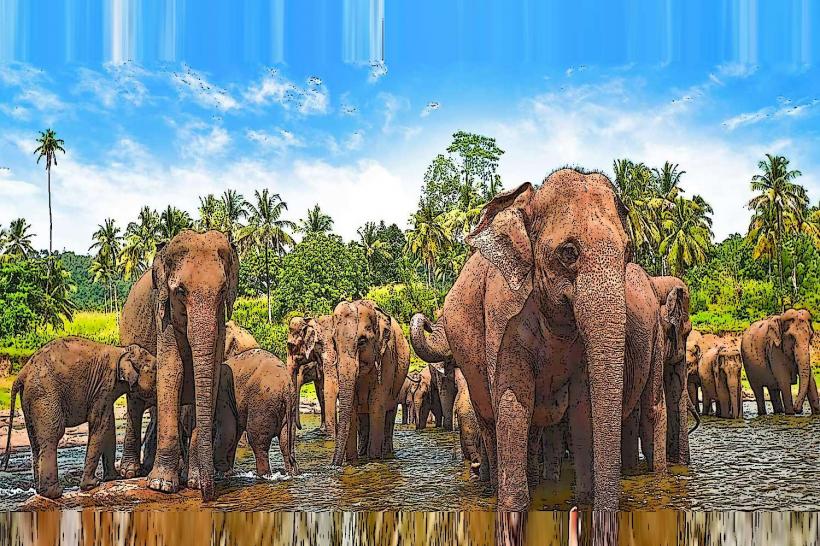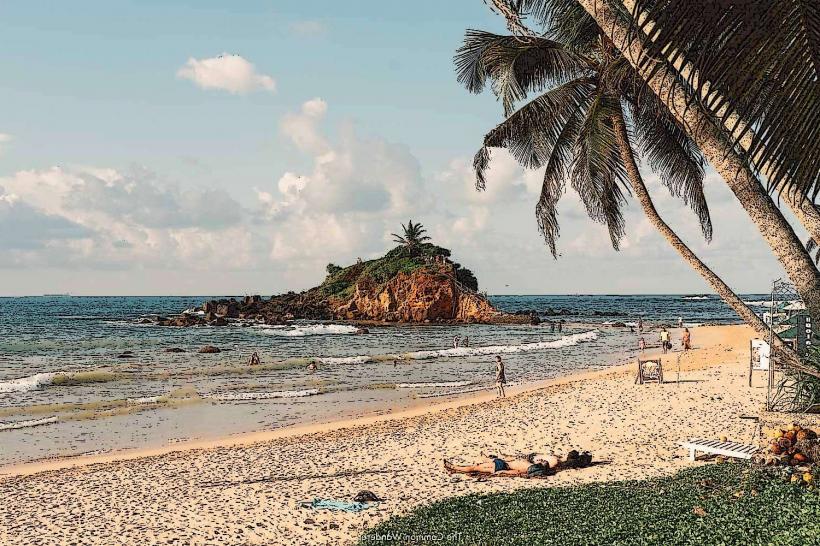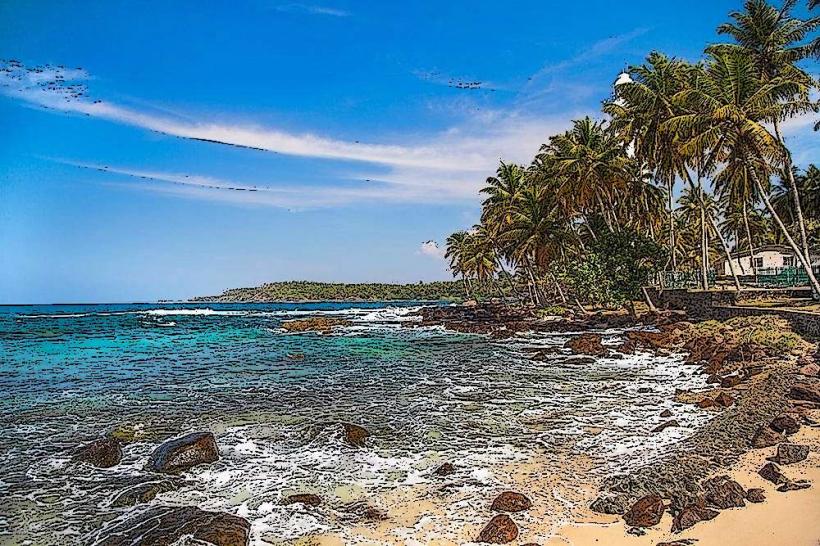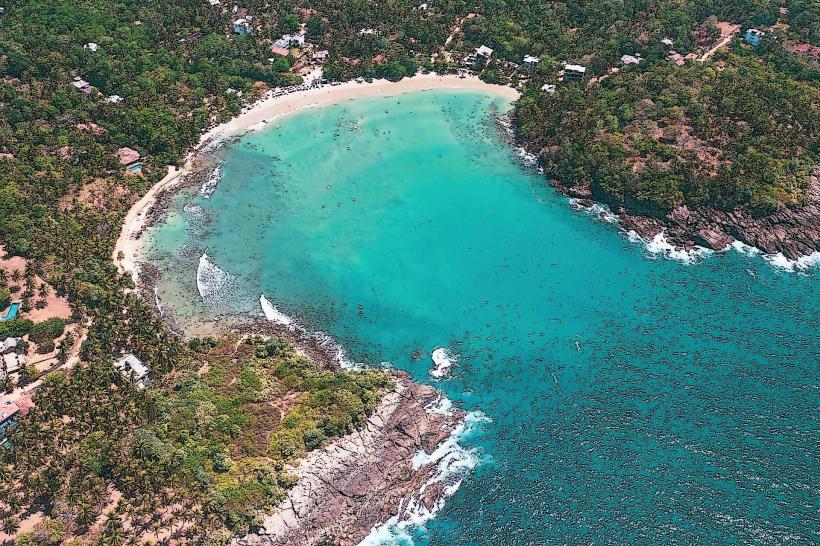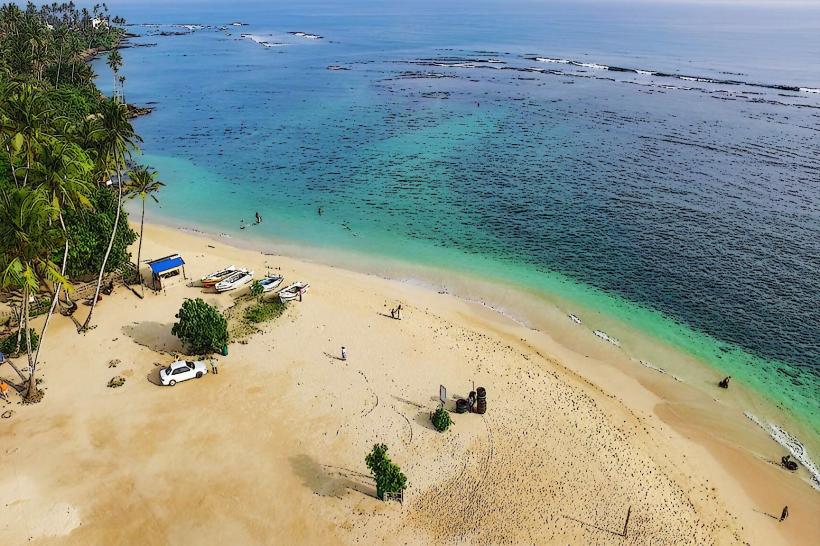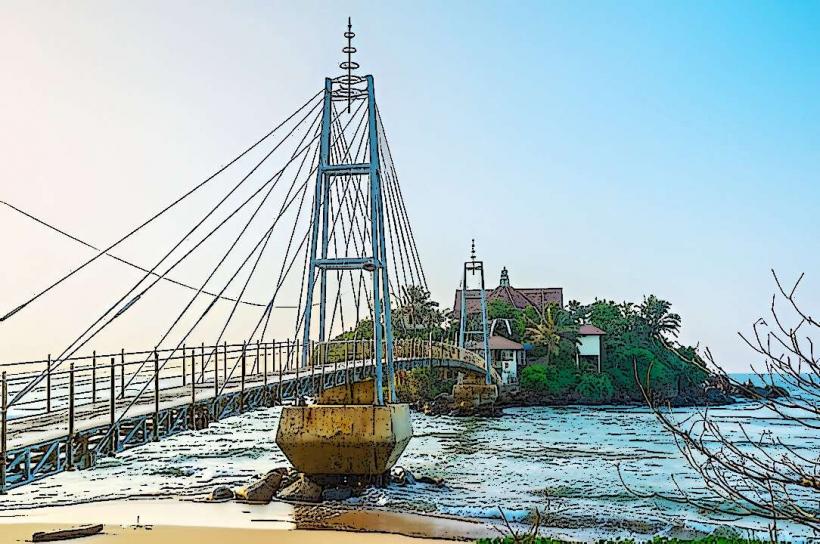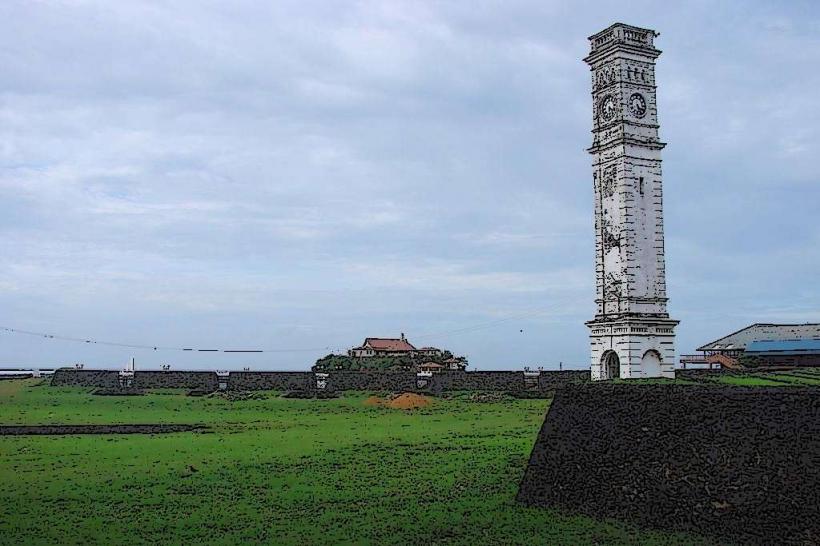Information
Landmark: Star FortCity: Matara
Country: Sri Lanka
Continent: Asia
The Star Fort in Matara, Sri Lanka, is a historic colonial-era fortification built by the Dutch in the late 18th century. It is notable for its unique star-shaped design, which was intended to provide better defense against invaders. This well-preserved fort is a smaller but fascinating historical site that showcases the strategic military architecture of the Dutch colonial period.
1. Overview
- Location: The Star Fort is located in the Matara District of southern Sri Lanka, near the Matara Fort and the Nilwala River.
- Built By: The Dutch East India Company (VOC).
- Construction Date: The fort was constructed in 1765 after the first Matara Rebellion, when the Dutch realized the need for better defenses against local uprisings and potential external threats.
- Purpose: The fort was designed primarily to protect the Matara Fort and to house troops, equipment, and supplies in the event of an attack.
2. Historical Significance
- The Star Fort was built after the Matara Rebellion of 1761, during which the existing defenses in the area proved insufficient. It served as a secondary fortification to bolster the security of Matara Fort.
- Unlike the larger Matara Fort, which was vulnerable to attacks from inland, the Star Fort's star-shaped design allowed for better surveillance and defense from all directions.
- The fort was later used by the British when they took control of Sri Lanka from the Dutch in the early 19th century.
3. Architectural Features
- Star-Shaped Design: The fort is constructed in a six-pointed star shape, which was a common design in European military architecture during the period. This shape minimized blind spots and allowed defenders to fire upon attackers from multiple angles.
- Small Size: The fort is relatively small compared to other colonial forts, measuring approximately 54 meters in diameter.
- Moat and Drawbridge: The fort was originally surrounded by a moat filled with water from the Nilwala River, with access via a drawbridge. Although the moat is no longer functional, traces of it remain.
- Thick Walls: The walls of the fort are made of coral and granite, which provided strong protection against attacks.
- Interior Buildings: Inside the fort, there were facilities for storing weapons, ammunition, and provisions, as well as living quarters for the garrison.
- Dutch Insignia: The entrance to the fort features a carved stone inscription with the Dutch East India Company (VOC) emblem and the construction year (1765).
4. Attractions and Activities
- Explore the Architecture: Visitors can walk around the fort and admire its unique star-shaped design and colonial-era construction techniques.
- Museum and Exhibits: The Star Fort has been converted into a museum, showcasing artifacts, maps, and information about its history and the colonial period in Sri Lanka. Items on display include Dutch weapons, tools, and ceramics.
- Photographic Opportunities: The fort's distinct shape and scenic location near the river make it an excellent spot for photography.
- Learn About Local History: The museum provides insights into the Dutch colonial era, the Matara Rebellion, and the broader history of the region.
5. Best Time to Visit
- The Star Fort is open to visitors year-round. The best time to visit is during the dry season (November to April) to enjoy the surrounding areas and other attractions in Matara without weather disruptions.
6. Nearby Attractions
- Matara Fort: The main fort in Matara, built earlier by the Portuguese and expanded by the Dutch, is located nearby and is worth visiting.
- Parey Dewa Temple: A small Buddhist temple on an island accessible by a suspension bridge, offering scenic views and spiritual tranquility.
- Polhena Beach: A peaceful and beautiful beach just a short distance from the fort, ideal for swimming and snorkeling.
- Weherahena Temple: A large Buddhist temple with an impressive Buddha statue and underground shrines, located a short drive from Matara.
7. Tips for Visitors
- Admission Fees: There may be a small entrance fee for visitors to access the fort and museum.
- Photography: Photography is allowed, but be respectful of other visitors and the historical site.
- Timing: Early morning or late afternoon visits are ideal to avoid the midday heat.
- Combine Visits: Since the Star Fort is relatively small, you can easily combine a visit here with other nearby attractions like the Matara Fort or Polhena Beach.
8. Conclusion
The Star Fort is a fascinating piece of Sri Lanka's colonial history and a testament to Dutch military engineering. Its unique design, rich history, and scenic location make it a must-visit destination for history enthusiasts and travelers exploring the southern coast of Sri Lanka. Whether you're interested in architecture, colonial history, or simply enjoying a peaceful stroll through a historic site, the Star Fort offers a memorable experience.

